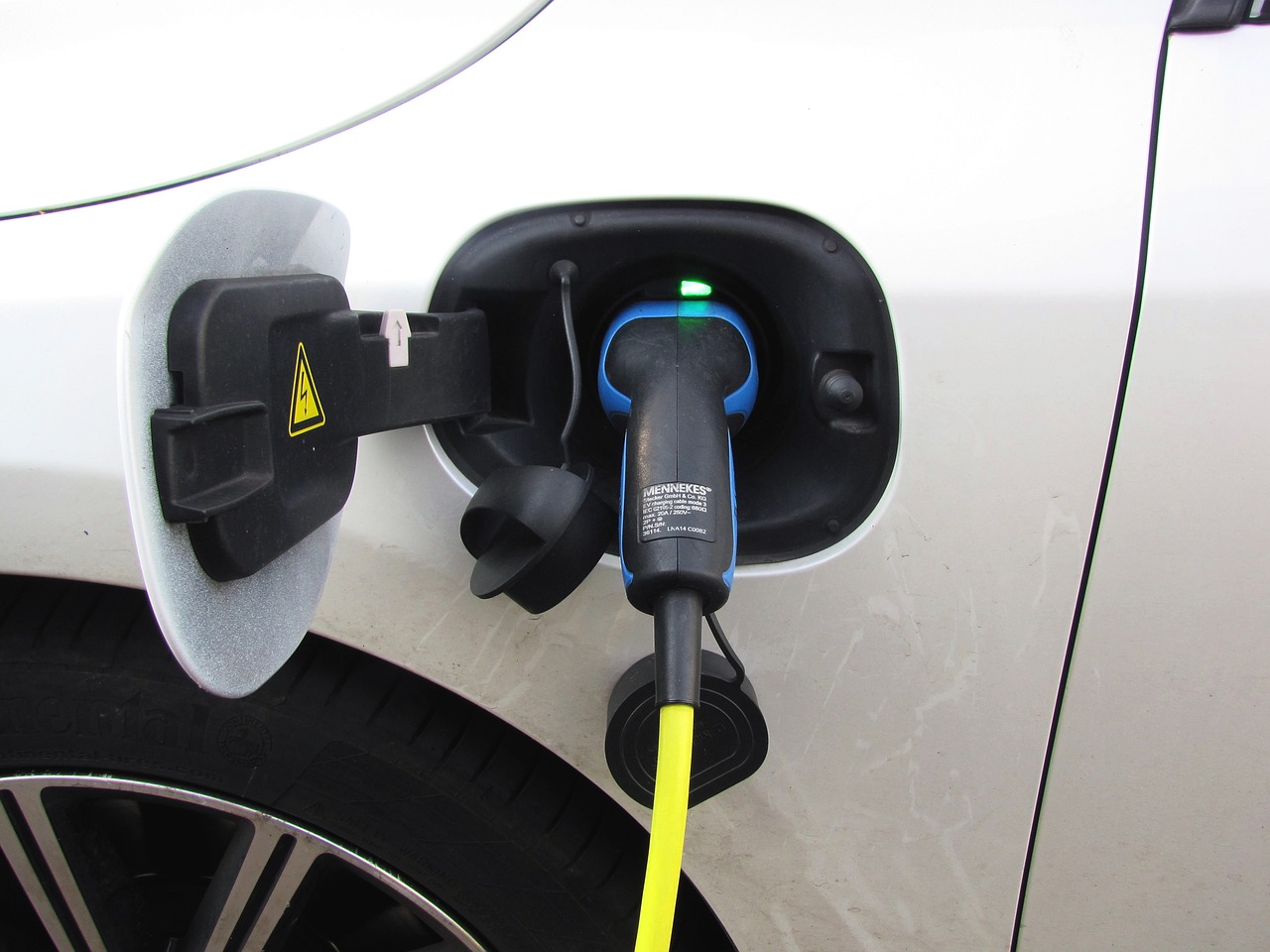Researchers from Harvard University and Tsinghua University in Beijing found that private electric vehicles in China can have a positive effect on CO2 reduction if owners can be incentivized to slowly charge vehicles during off-peak hours, allowing for more effective use of wind-generated power. Quickly charging vehicles in the higher energy “fast mode,” on the other hand, can be counterproductive.
Meanwhile, buses and taxis In China make a significant contribution to NOX emissions, a major precursor for air pollution. The team determined that electrifying the bus and taxi fleet offers the most effective option for improving air quality.
“It is critically important that electric vehicle charging is managed properly to maximize the benefits of renewables,” said Xinyu Chen, Research Associate in Environmental Science and Engineering at SEAS and co-author of the study.
The researchers found that how electric vehicles are charged — whether in the low-energy slow mode or high-energy fast mode — plays a significant role in the integration of wind energy. Typically, vehicle charging in the 30-minutes or less fast mode occurs during hours of peak power demand. As a result, peak power demand is increased, triggering additional coal generators to come online. With these generators operational at night, the opportunity to take advantage of available wind power is reduced.
“If people were incentivized to wait until evening and charge their vehicles in the slow-charge mode, which takes hours, the power load could take advantage of wind energy available during off-peak hours,” said Chris P. Nielsen, Executive Director of the Harvard China Project and co-author of the study.
“Electrifying the public fleet and introducing incentives to charge personal electric vehicles at off-peak times would be the most effective strategy to reduce NOX and CO2 emissions in Beijing,” said Michael B. McElroy, Professor of Environmental Studies at the Harvard John A. Paulson School of Engineering and Applied Sciences (SEAS) and the Department of Earth and Planetary Sciences and co-author of the research. “This strategy could also be applied to cities across the world that have a significant source of electricity from coal.”






